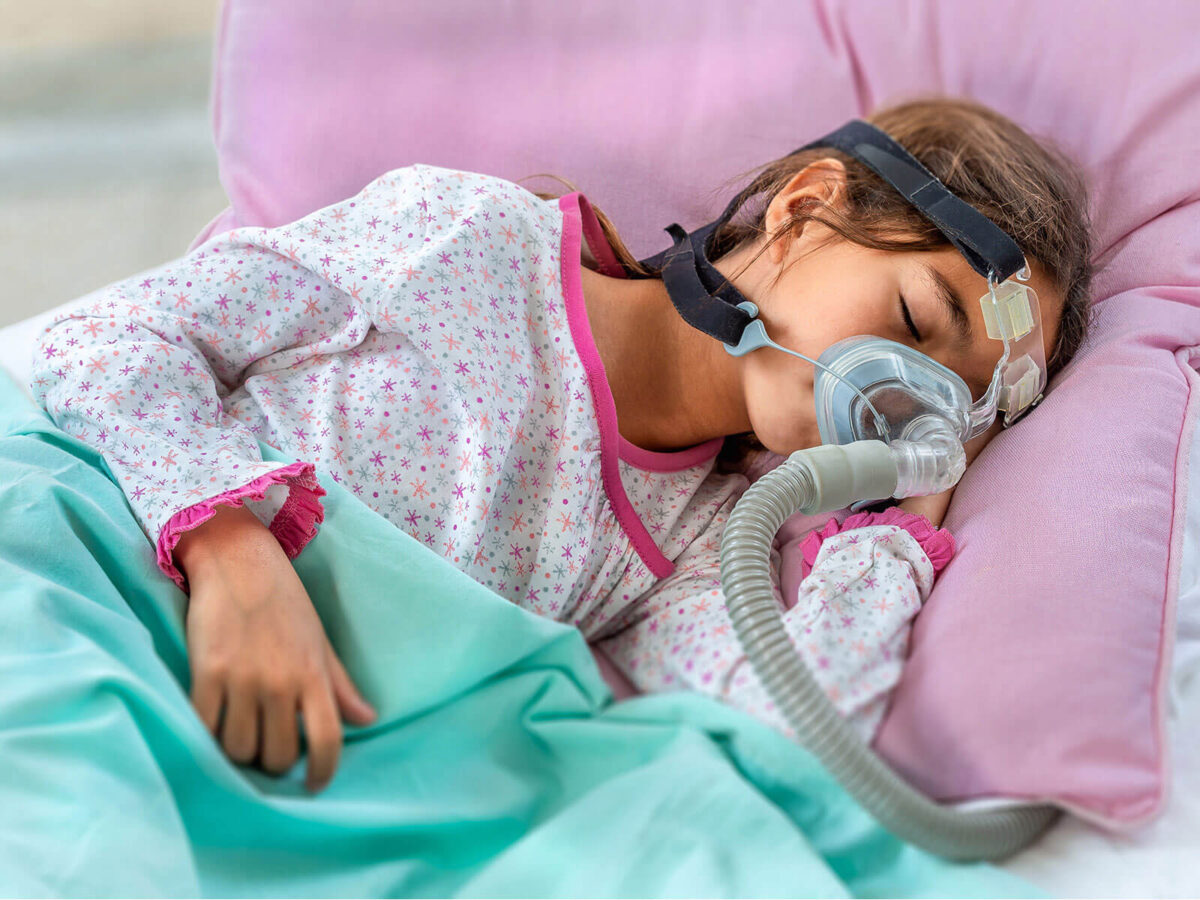Blog
Dental hygiene tips for healthy teeth & gums

4 Warning Signs Your Child May Have Sleep Apnea
Sleep apnea is a sleep disorder characterized by disrupted breathing during sleep that can affect children and adults. Recognizing sleep apnea symptoms in children is critical for early intervention and effective management. This blog will review four warning signals parents should know to detect potential sleep apnea in their children.
4 Warning Signs of Sleep Apnea
Snoring:
While occasional snoring is typical in children, loud and persistent snoring, especially when accompanied by pauses in breathing, can be a warning sign of sleep apnea.
Sleep apnea alters the usual breathing pattern, resulting in snoring and airflow disruptions. If your child snores loudly and consistently, it is time to pay notice.
2. Frequent Breathing Pauses Importance:
Frequent pauses in your child’s breathing during sleep are a warning flag for sleep apnea.
Reasoning: Sleep apnea episodes are characterized by brief disruptions in breathing, known as apneas. These pauses can be minor, but they can cause your child’s body to react by gasping or choking due to the airflow disruption.
3. Restless Sleep and Sleep Disruptions:
Importance: Children with sleep apnea frequently have restless sleep characterized by tossing and turning. They may also show indicators of sleep disruption, such as waking up often during the night.
Sleep apnea can prevent children from accessing deep, restorative stages of sleep, resulting in restless sleep and frequent awakenings. If your child appears agitated or has difficulty falling asleep, this could indicate sleep apnea.
4. Daytime Sleepiness and Behavioural Changes:
Importance: Sleep apnea can be detected by excessive daytime sleepiness and significant behavioral changes such as impatience, mood swings, and difficulties concentrating.
Reasoning: Sleep apnea disturbs the usual sleep cycle, lowering sleep quality. Daytime weariness in children with sleep apnea can affect their mood, behavior, and cognitive ability.
Consider the following:
a. Mouth Breathing and Dry Mouth:
Sleep apnea patients may breathe via their mouths while sleeping, resulting in dry mouth and throat.
Reasoning:
Mouth breathing is a compensatory mechanism for maintaining airflow in the presence of an obstruction in the airway, which can be a sign of sleep apnea.
b. Significance of Enlarged Tonsils and Adenoids:
Enlarged tonsils and adenoids are common contributors to sleep apnea in youngsters.
Reasoning:
These structures can restrict the airway, especially while sleeping, causing breathing difficulties and interruptions.
When to Seek Professional Advice:
If you notice one or more of the warning signs mentioned above in your child, you must get expert help. A healthcare expert, such as a pediatrician or sleep specialist, can evaluate your child’s symptoms and medical history and may propose a sleep study (polysomnography) to make a conclusive diagnosis.
Treatment and Management Options:
Once a sleep apnea diagnosis is established, treatment options may include:
a. Adenotonsillectomy:
Surgery to remove swollen tonsils and adenoids.
Applicability: This treatment is frequently indicated when enlarged tonsils and adenoids lead to airway blockage.
b. Continuous Positive Airway Pressure (CPAP):
Treatment: A CPAP machine offers a constant airflow to keep the airway open while sleeping.
CPAP therapy is routinely used to treat moderate to severe cases of sleep apnea.
c. Orthodontic Intervention:
Treatment: Orthodontic procedures such as palatal expanders or mouth appliances may be advised to address specific structural abnormalities.
Appropriate in cases where orthodontic factors contribute to airway blockage.
d. Lifestyle and Positional Changes:
Interventions: Encouraging appropriate sleep habits, maintaining a consistent sleep schedule, and addressing variables such as obesity (if present) can all help alleviate symptoms.
Conclusion
Recognizing the warning signals of sleep apnea in children is critical for timely diagnosis and treatment. If your child exhibits persistent loud snoring, many pauses in breathing, disturbed sleep, daytime tiredness, or behavioral problems, it is critical that you get expert help. Early detection and therapy of sleep apnea in children can dramatically improve their sleep quality, increasing their general well-being and guaranteeing healthy sleep habits as they grow.
